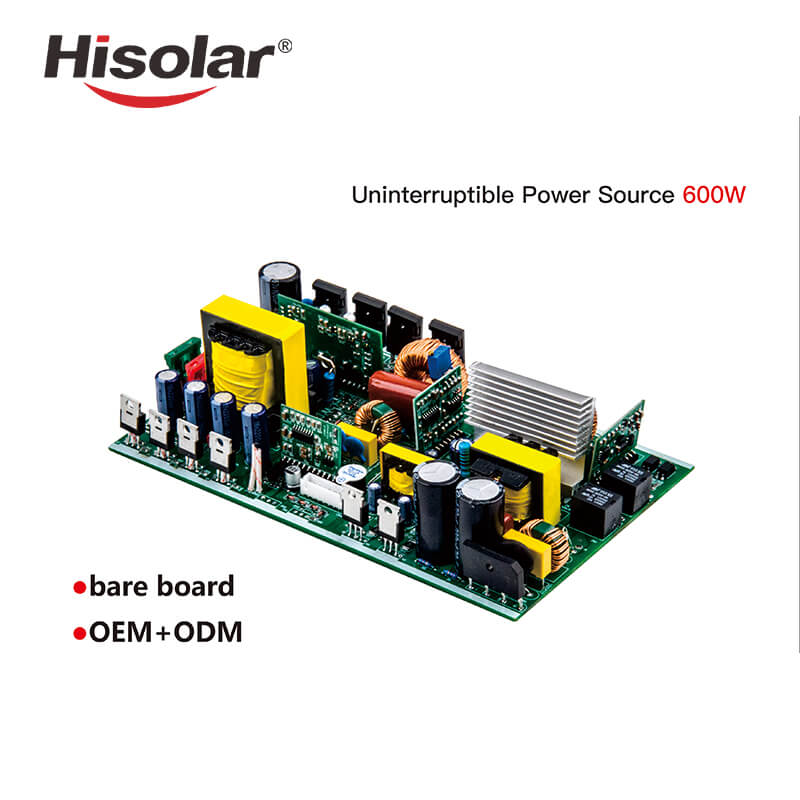Key components and elements typically found on an inverter circuit board
2023-10-17
An inverter circuit board, also known as an inverter PCB (Printed Circuit Board), is an integral component of an inverter, which is an electronic device used to convert direct current (DC) power into alternating current (AC) power. The inverter circuit board contains various electronic components and traces that facilitate the transformation of electrical energy.
Here are some of the key components and elements typically found on an inverter circuit board:
1. Transistors or MOSFETs: These semiconductor devices are responsible for switching the DC input into a high-frequency AC output. Depending on the design, the inverter may use a single pair of transistors for a basic square wave inverter or multiple transistors in a more complex topology for a pure sine wave inverter.
2. Control Circuitry: The inverter circuit board includes a microcontroller or other control electronics that manage the operation of the inverter. This control circuitry monitors parameters such as input voltage, output voltage, and load conditions to adjust the inverter's operation for efficiency and stability.
3. Oscillator Circuit: Inverters generate AC output by rapidly switching the DC input on and off. The oscillator circuit, often based on a crystal oscillator, generates the high-frequency signal that controls this switching.
4. Filtering Components: Inverter circuit boards may include various capacitors and inductors to filter the output waveform, reduce harmonics, and ensure a clean AC output signal.
5. Protection Circuitry: To ensure the safety and reliability of the inverter, protection features are often integrated into the circuit board. These may include overcurrent protection, overvoltage protection, overtemperature protection, and short-circuit protection.
6. Heat Sinks: Transistors or MOSFETs can generate heat during operation. Heat sinks are often attached to these components to dissipate heat and prevent overheating.
7. Connectors: The circuit board may have connectors for input DC power, output AC power, and control signals. These connectors provide the necessary interfaces for connecting the inverter to power sources, loads, and external control devices.
8. Optical Isolation: Some inverter circuit boards incorporate optocouplers or optical isolators to electrically isolate the control circuitry from the high-voltage and high-current portions of the inverter, enhancing safety and reliability.
9. Voltage Regulation: Voltage regulation circuitry ensures that the output voltage remains within specified limits even when the input voltage or load conditions vary.
10. Feedback and Monitoring: Inverters often include circuits for monitoring and providing feedback on various parameters, such as output voltage, current, and frequency, allowing for real-time adjustments and troubleshooting.
Inverters are used in various applications, including uninterruptible power supplies (UPS), solar power systems, wind power systems, electric vehicles, and more. The specific design and components of an inverter circuit board can vary depending on the intended application, desired output waveform (square wave, modified sine wave, pure sine wave), and power rating.
Manufacturers design and engineer inverter circuit boards to meet performance, efficiency, and safety standards. Proper design, quality components, and careful assembly are essential to ensure reliable and safe operation in various power conversion applications.



